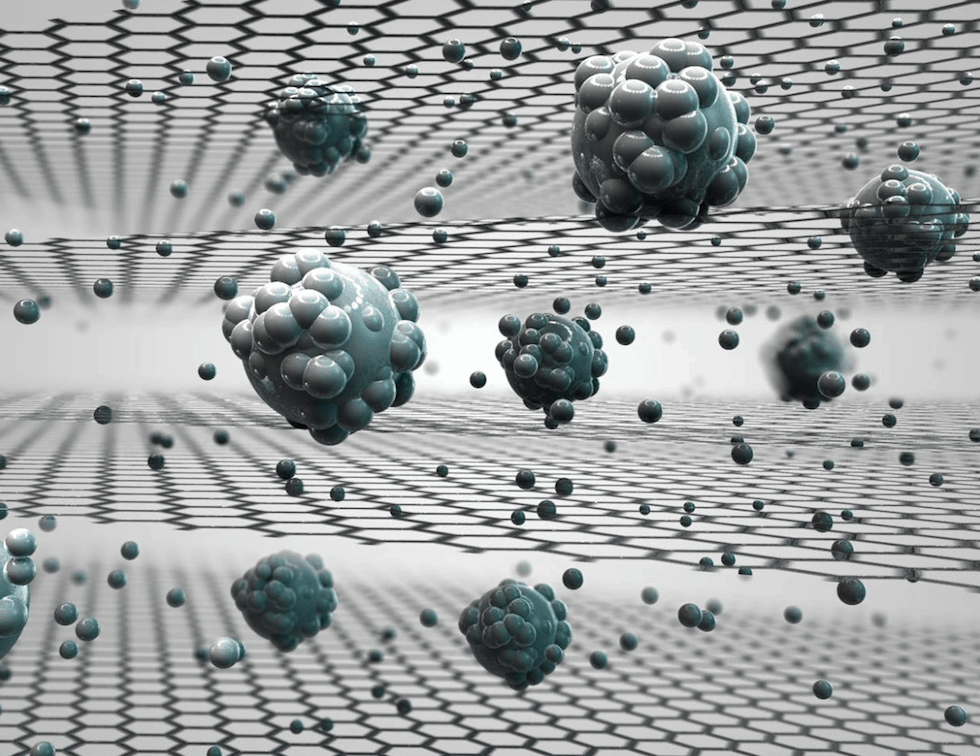The findings from a group of scientists at Manchester University were published today in Nature Nanotechnology.

Graphene-oxide membranes developed at the National Graphene Institute have already demonstrated the potential for filtering small nanoparticles, organic molecules, and large salts. They couldn’t, however, be used for sieving common salts used in desalination technologies, which require even smaller sieves.
Previous research at Manchester University found that if immersed in water, graphene-oxide membranes become slightly swollen and smaller salts flow through the membrane along with water, but larger molecules are blocked.
The Manchester-based group has now further developed these graphene membranes and have found a strategy to avoid swelling when exposed to water. According to the University, the pore size in the membrane can be precisely controlled to sieve common salts out of salty water and make it safe to drink.
When the common salts are dissolved in water, they form a ‘shell’ of water molecules around the salt's molecules that allow the capillaries of the graphene-oxide membranes to block the salt from flowing along with the water. Water molecules are able to pass through the membrane barrier and flow quickly, which is ideal for application of these membranes for desalination.
Prof. Rahul Nair, at Manchester University said: “Realisation of scalable membranes with uniform pore size down to atomic scale is a significant step forward and will open new possibilities for improving the efficiency of desalination technology.
“This is the first clear-cut experiment in this regime. We also demonstrate that there are realistic possibilities to scale up the described approach and mass produce graphene-based membranes with required sieve sizes.”
Jijo Abraham and Dr Vasu Siddeswara Kalangi were the joint-lead authors on the research paper.
Abraham said: “The developed membranes are not only useful for desalination, but the atomic scale tunability of the pore size also opens new opportunity to fabricate membranes with on-demand filtration capable of filtering out ions according to their sizes.”
By 2025 the UN expects that 14 per cent of the world’s population will encounter water scarcity. This technology has the potential to significantly improve water filtration across the world, particularly in countries that cannot afford large-scale desalination plants.




Poll: Should the UK’s railways be renationalised?
I think that a network inclusive of the vehicles on it would make sense. However it remains to be seen if there is any plan for it to be for the...